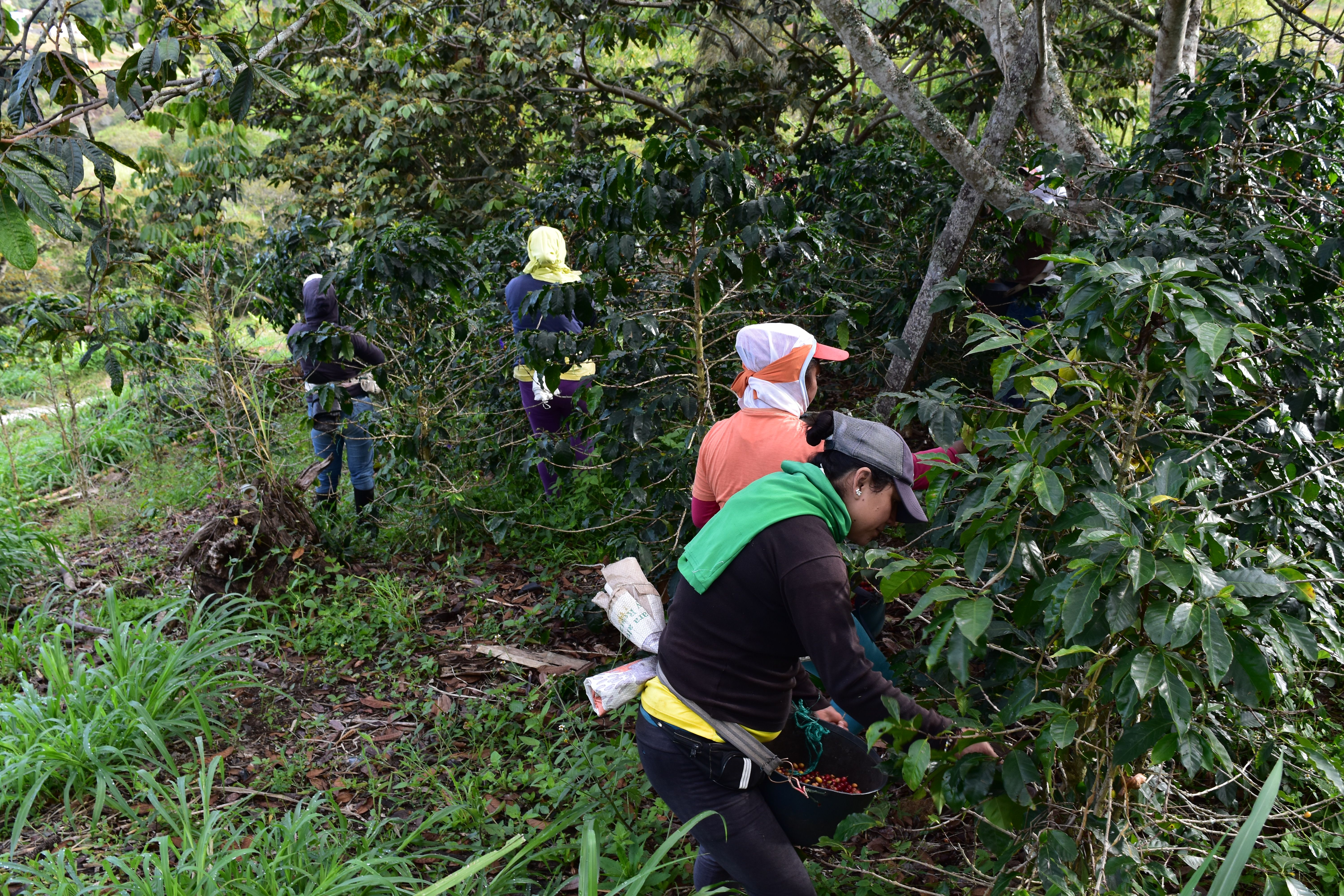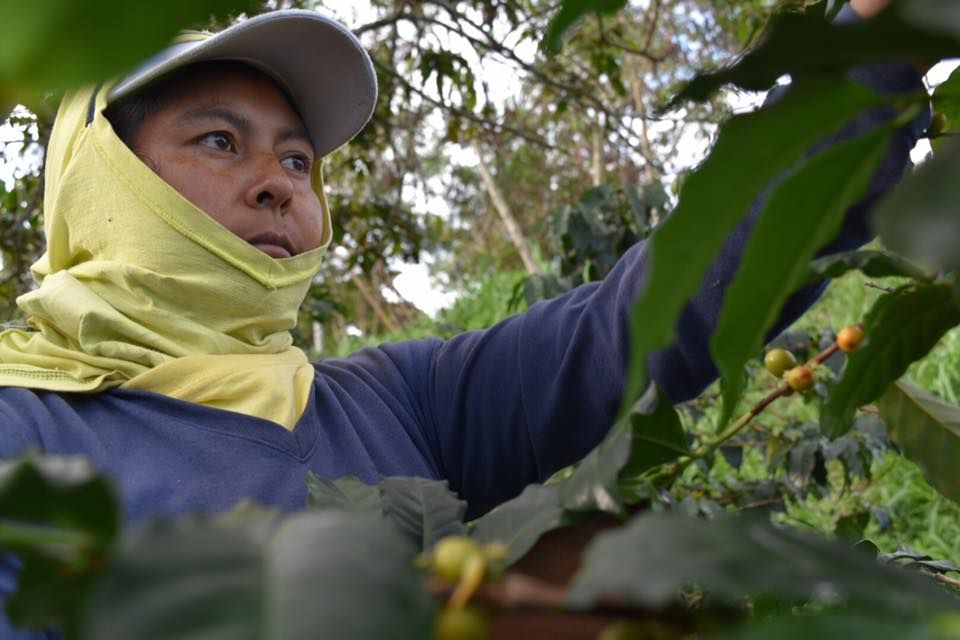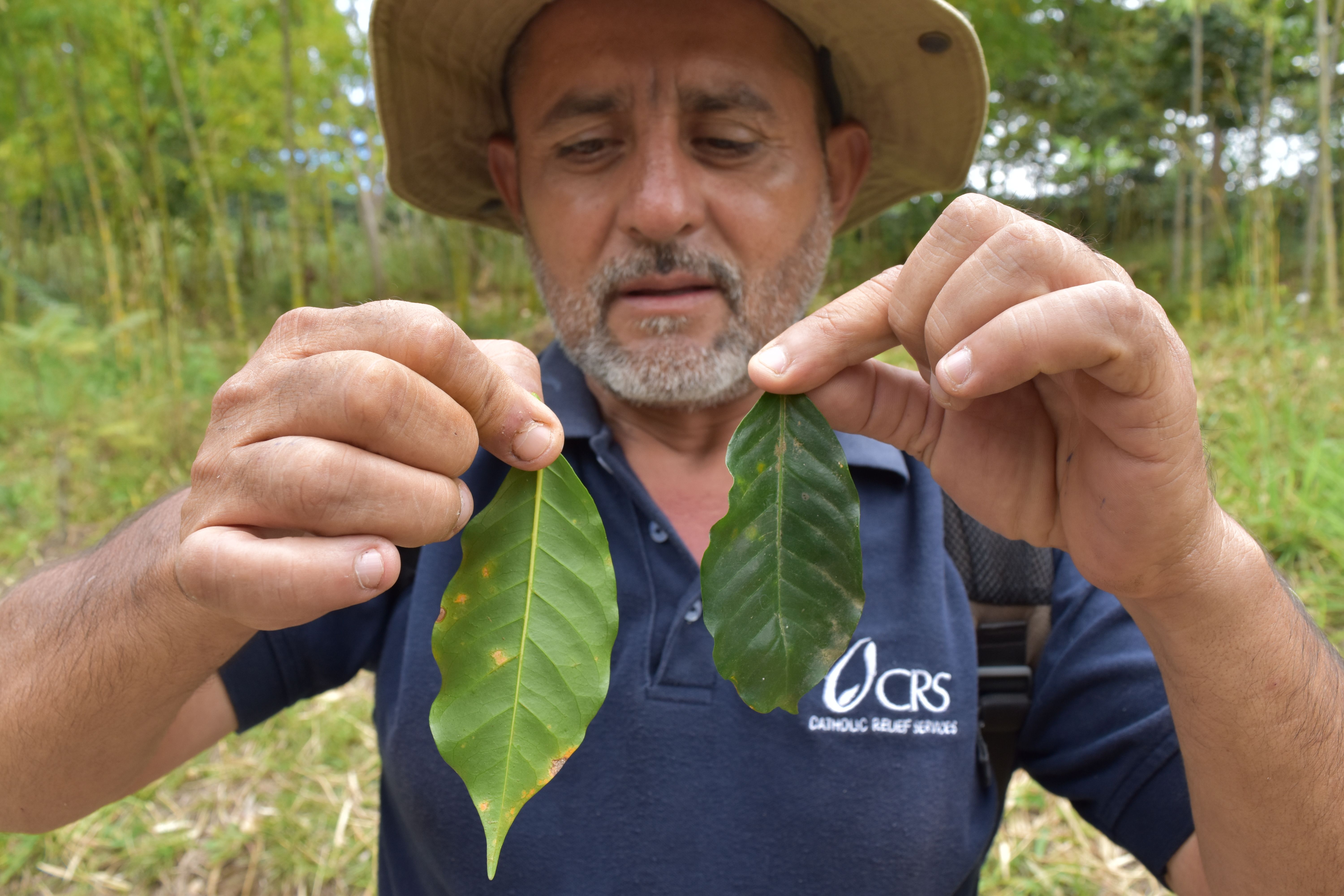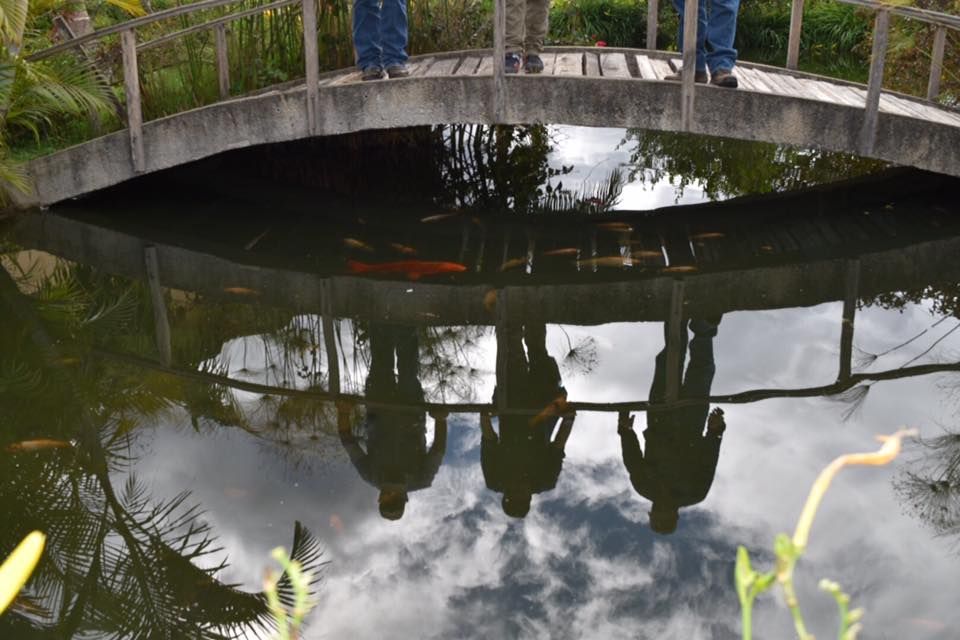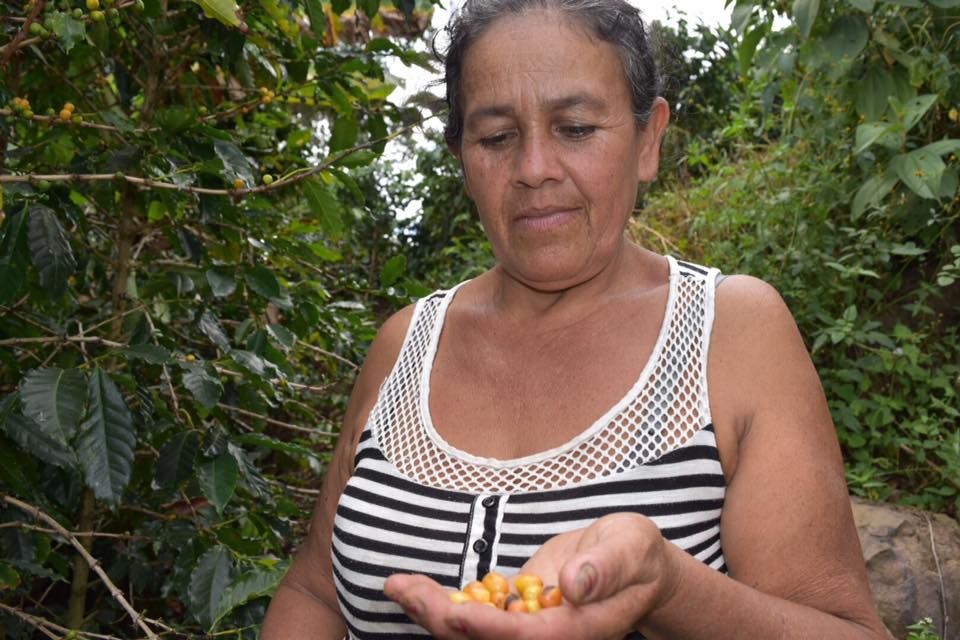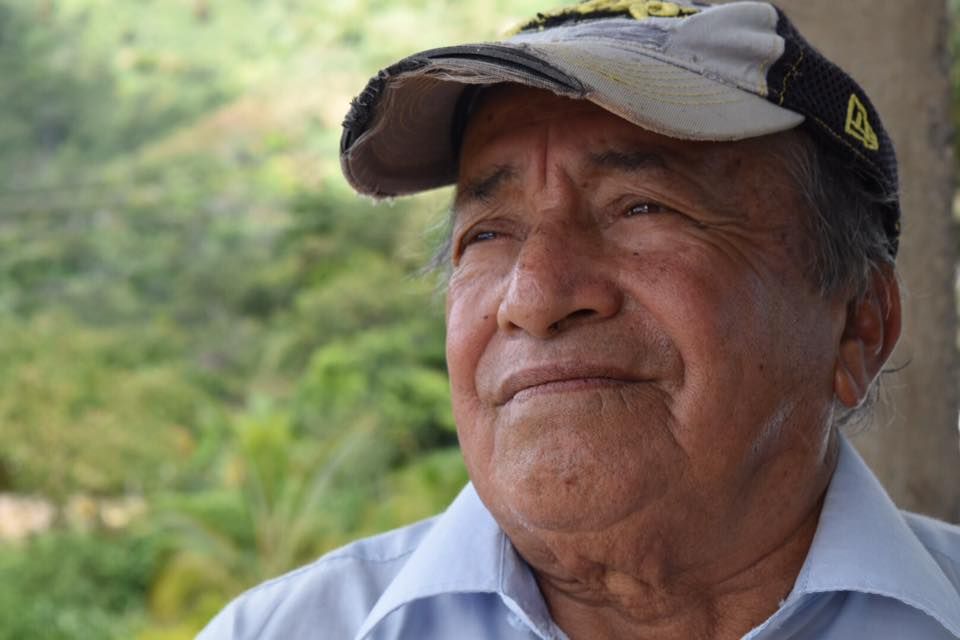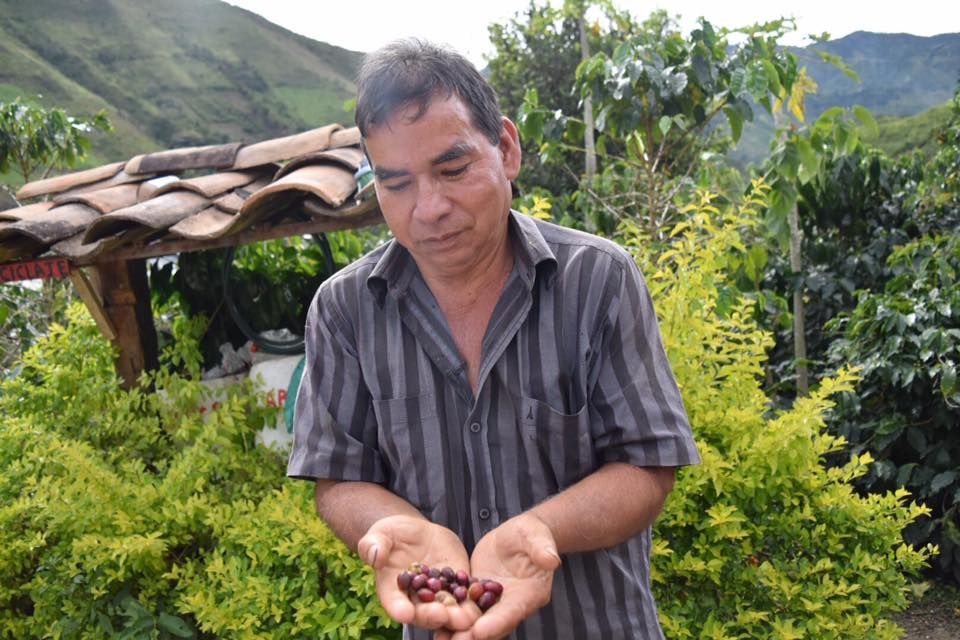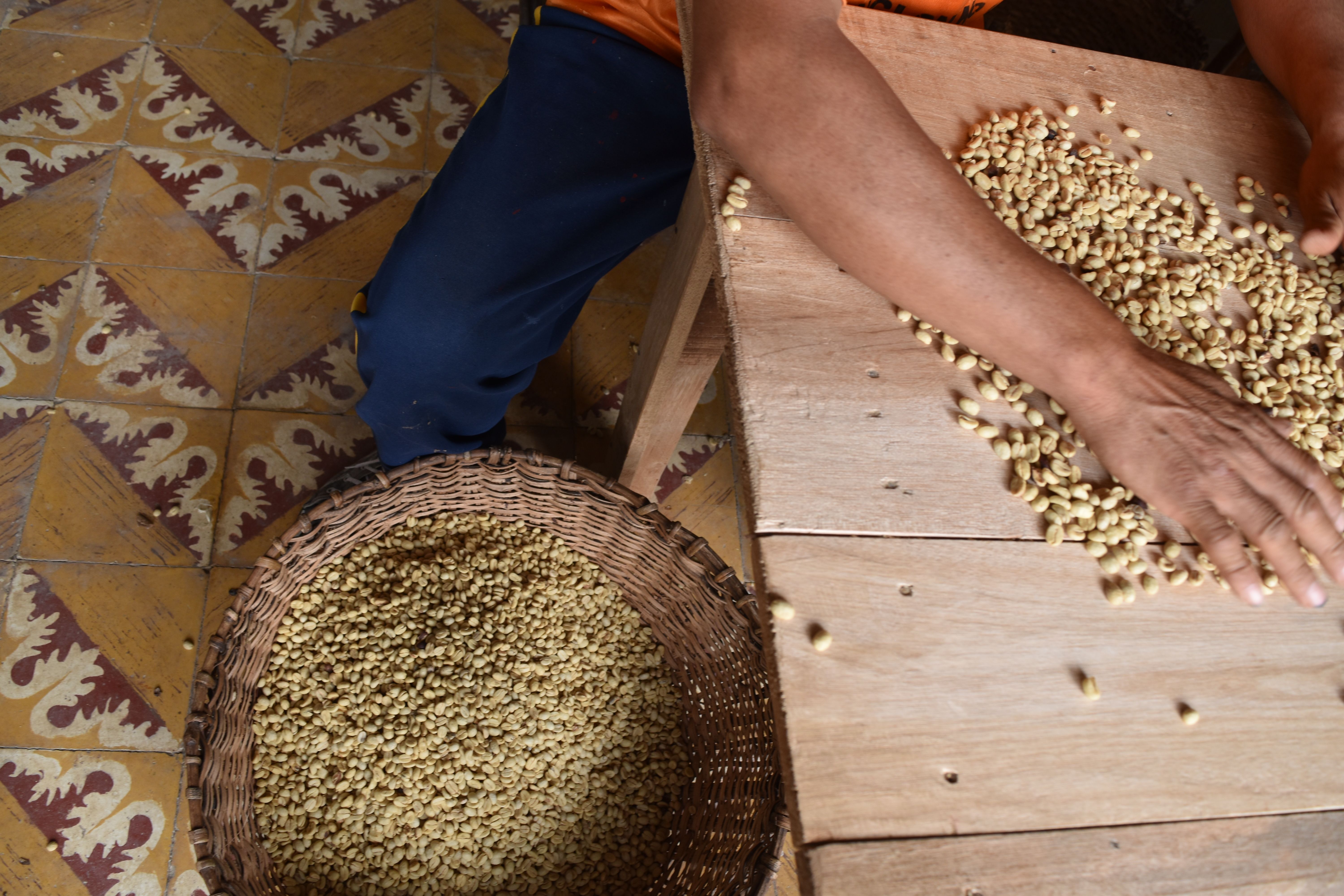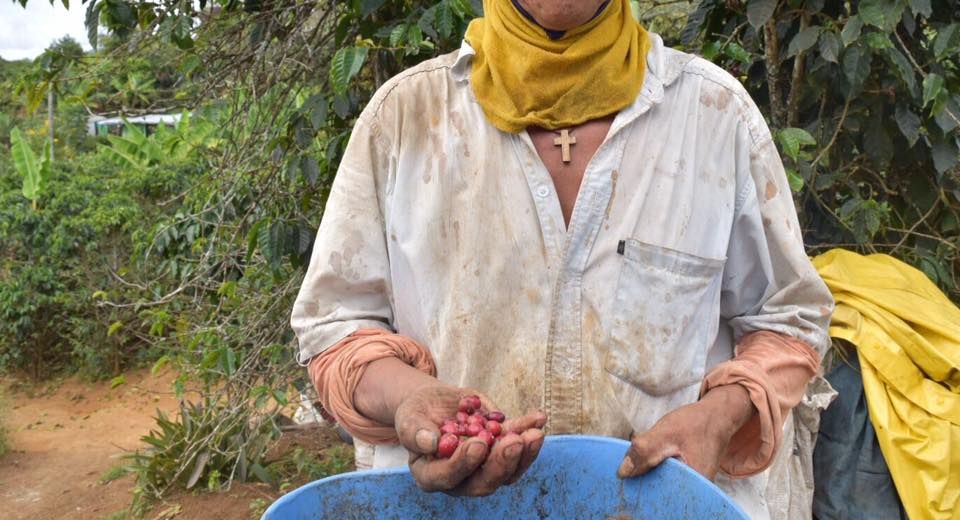August 02, 2016 | Pulitzer Center
Over the past 10 years, Colombia has become one of the world’s most vulnerable regions to climate change. The southwestern regions of Colombia, where the majority of indigenous communities live, constantly experience riverbank erosion, livestock depletion, and loss of soil nutrients. The drastic conditions of global climate change have left millions of coffee farmers unemployed and destitute. The Catholic Relief Services based in Colombia has taken the initiative to start Borderlands Coffee Project in Nariño, which tries to provide alternative solutions to combat climate change before it's too late.
